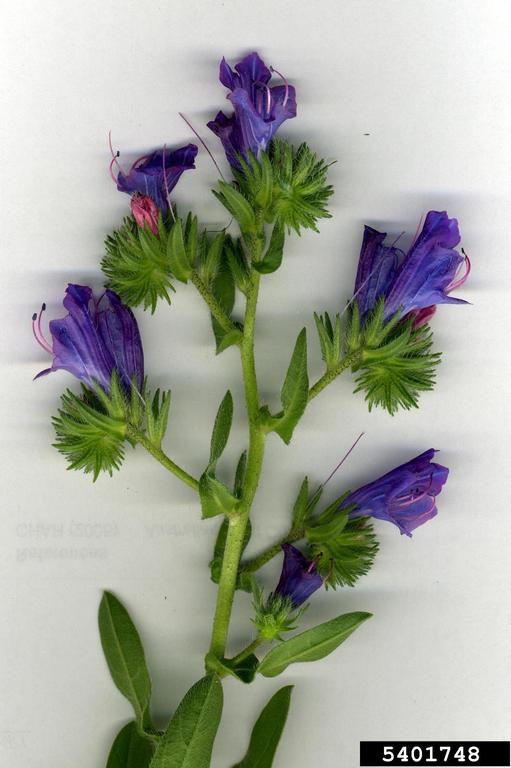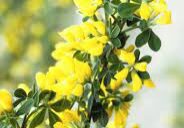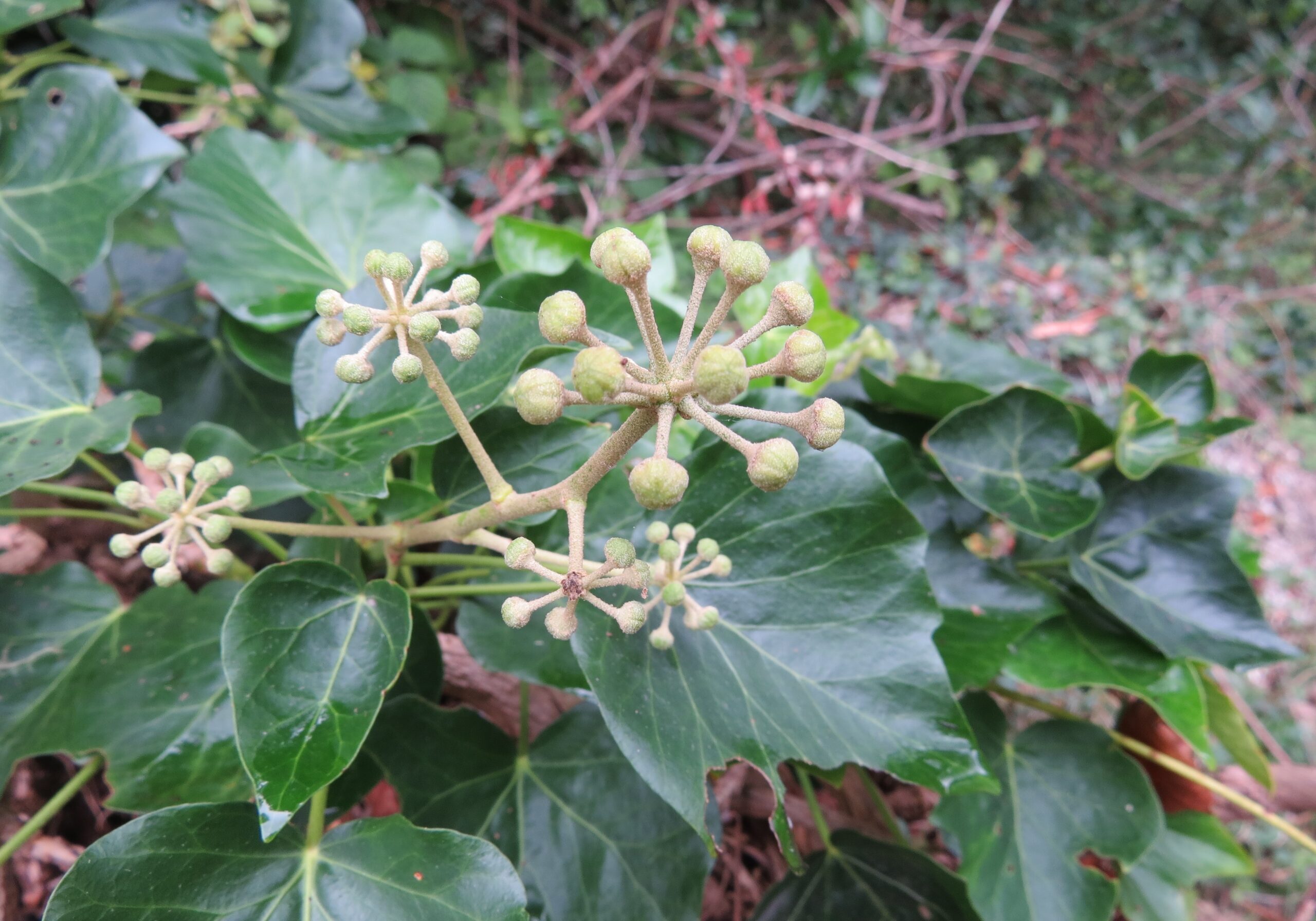
Description
Paterson’s curse is an annual plant in the borage family. Native to Mediterranean Europe and North Africa, it is reportedly named after an Australian family, the Patersons, who planted it in their garden in the 1880s and watched it escape and take over the landscape. Since then, it has spread to southern Africa, North and South America, and New Zealand as well, where it is one of the most conspicuous weeds of roadsides, pastures, and disturbed land.
It produces seeds prolifically, which are spread by birds, livestock, vehicles, farm equipment, humans, animals, water, hay, and as a contaminant of commercial seed. It’s particularly threatening to oak woodland, native prairie, dry upland slopes, pastures, and any disturbed areas, as it is tolerant of many soil conditions and moisture levels.
In Oregon, it was first found in a wildflower seed mix in Linn County and has since spread to Douglas County. It has not been found in any other Oregon county yet, but we are on the lookout in Coos and Curry Counties, especially since it has been found in wildflower seed mixes. If you think you see it, please report it ASAP using the info below.
How to recognize
Keep in mind that it’s unlikely that you’ll see Paterson’s curse in Coos or Curry Counties, as it hasn’t been reported here yet. But there are a few distinguishing characteristics to look for:
- Flowers are usually blue-purple (sometimes white or pink) and bloom March-June
- Some of the stamens (slender pollen-covered part of the flower) are a lot longer than the others
- It has very hairy stems and leaves and fuzzy brown or gray seeds
What to do if you find it
REPORT
It’s unlikely that you’ll see Paterson’s curse in Coos or Curry Counties, as it hasn’t been reported here yet. But all the more reason to stay vigilant! If you suspect you’ve seen it, contact a noxious weeds professional in your area:
- Coos Bay/North Bend and surrounding areas
Coos Watershed Association: Contact person pending (www.cooswatershed.org) - Bandon, Coquille, Powers, Myrtle Point, and surrounding areas
Coquille Watershed Association: imetzgus@coquillewatershed.org - Curry County (New River to Brookings)
Curry Watersheds Partnership: info@currywatersheds.org
Or REPORT ONLINE HERE, or call 1-866-INVADER
REMOVE/MANAGE
Recommended strategies include manual, biological, and chemical control, and preventing spread through sanitation of equipment. In grazing areas, one suggested control measure is to reduce grazing, since grazing animals eat all the other plants and give Paterson’s curse a competitive advantage. When a diverse array of plant species are allowed to grow nearby, there is more chance of them outcompeting the Paterson’s curse.
REPLACE
Replace with other plants that thrive in oak woodland, native prairie, and dry upland slopes. For planting ideas and assistance, contact your local watershed council (Coos Watershed Association, Coquille Watershed Association, Curry Watersheds Partnership).
Additional Information
Paterson’s curse contains pyrrolizidine alkaloids that cause chronic liver damage and death to susceptible animals.
External links for more info:
https://www.oregon.gov/oda/shared/Documents/Publications/Weeds/PatersonsCurseProfile.pdf
https://catalog.extension.oregonstate.edu/sites/catalog/files/project/pdf/pnw602.pdf
- All Flower Colors
- Orange & Yellow
- Pink & Purple
- White & Green

















